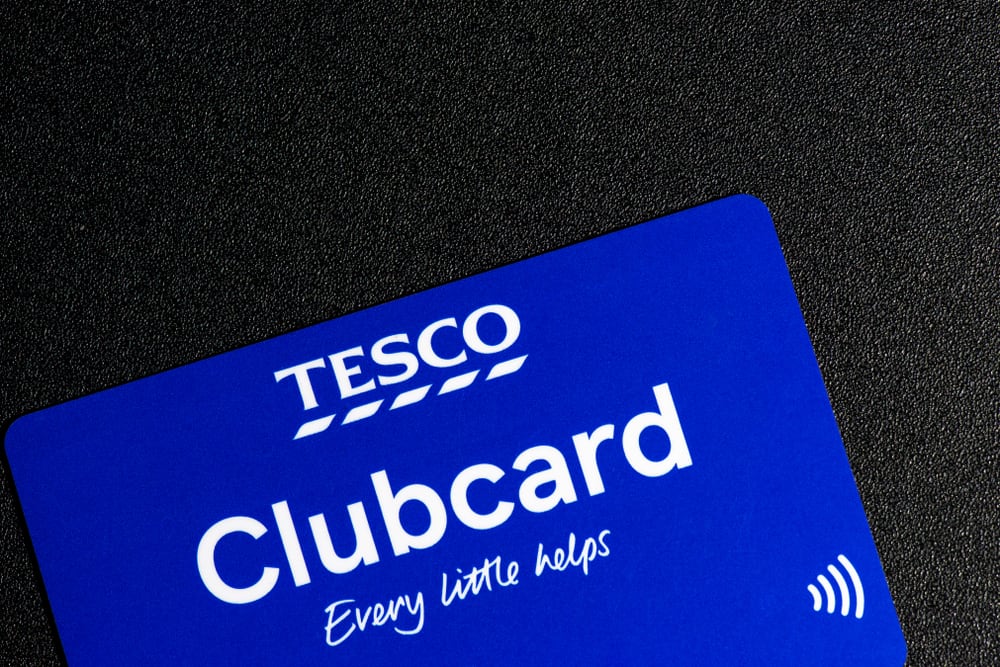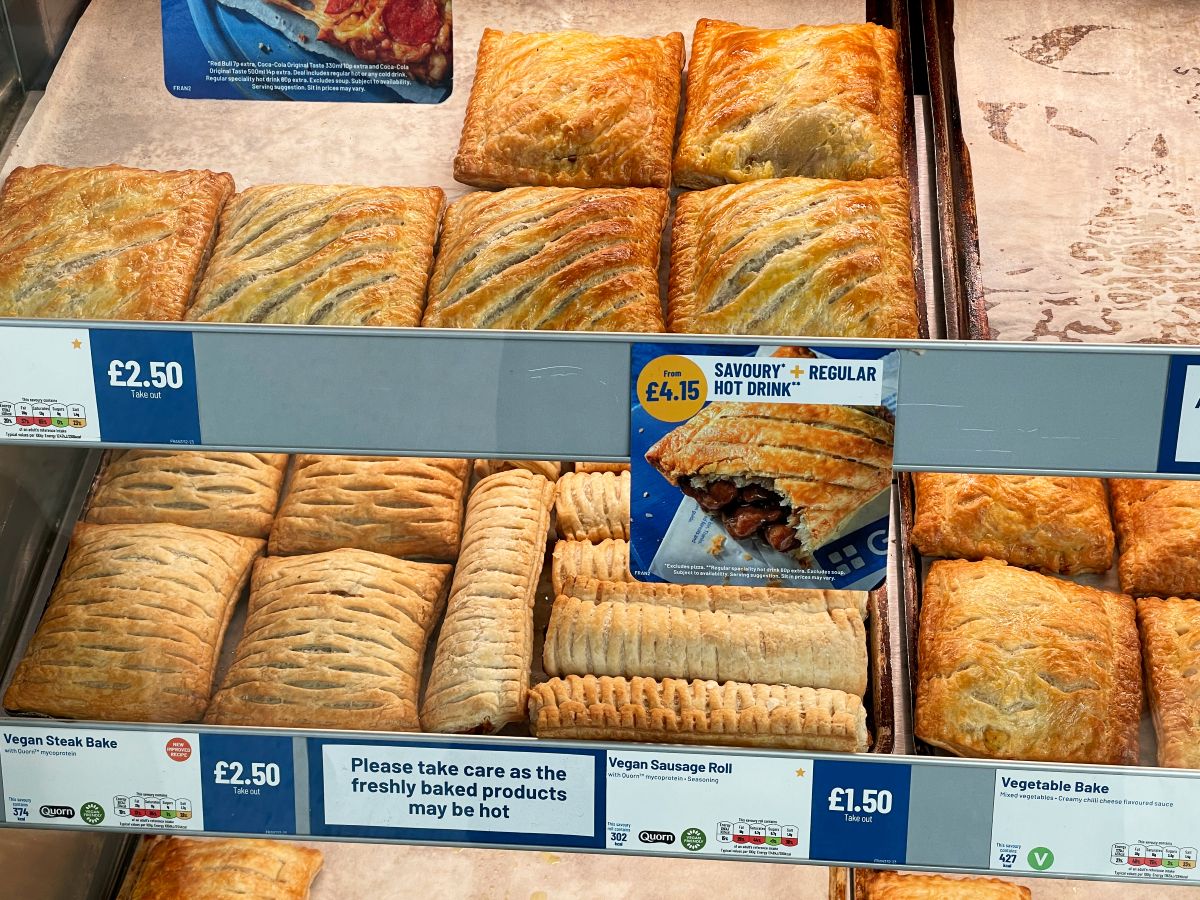Building on the publicity around its cashier-less stores, Amazon is set to roll out a new business division that will sell the technology behind Amazon Go to other retailers.
According to Reuters, the uber-retailer said it has “several” signed deals with customers it would not name. A new website is set to go live later this week that will invite retailers to inquire about the service, dubbed Just Walk Out technology by Amazon.
The move follows the retailers strategy of developing its own services to streamline its own business and improve its offering, cement it into the market, then offer it out as a lucrative third-party service to others down the line. Witness what it has done with delivery and cloud technology – in fact, some analysts believe that the Just Walk Out drive could also help push its Amazon Web Services (AWS) further into the retail sector.
In a briefing call with Reuters, Dilip Kumar, Amazon’s vice president of physical retail and technology, had no market forecast to share but said shoppers’ preferences will determine how big the business becomes.
“Do customers like standing in lines?” he asked. “This has pretty broad applicability across store sizes, across industries, because it fundamentally tackles a problem of how do you get convenience in physical locations, especially when people are hard-pressed for time.”
How will it work?
According to reports, it won’t – for now – involve apps, instead shoppers will insert a credit card into a gated turnstile to enter, rather than scan an app. The turnstiles will display the logo “Just Walk Out technology by Amazon,” but all other branding and store aspects will be controlled by the retailer using the service.
Items picked up by a customer and any guests who enter with them will be added to the shopper’s virtual cart. The store will then bill the credit card once the person or group leaves the store – no bar code scans or checkout lines necessary.
Kumar said Amazon will install the technology including ceiling cameras and shelf weight sensors at retailers’ stores, whether they are new locations or retrofits, and it will have a 24-7 support line.
What does everyone think?
The news has been welcomed by analysts and seen by many as the inevitable and unstoppable rise of Amazon across retail.
Hugh Fletcher, Global Had of Consultancy and Innovation, Wunderman Thompson Commerce, says: “Amazon’s latest business venture is the next step in the retailer’s quest to dominate the retail industry. Over the past few years, Amazon has expanded into several different markets, including entertainment and grocery – but has recently begun to focus on how it can innovate the in-store customer experience. It has almost single-handedly reinvented the shopping journey with its one-click delivery, next-day guarantee with Prime and first to innovate the high street with its Amazon Go checkout-less experience. And this is in response to new consumer demands; in fact, 47% of online consumers say they are excited about cashless shopping, while 39% are excited about the possibility of checkout-free stores like Amazon Go. It means that Amazon no longer has to rely on building its store network, but can instead offer its infrastructure to already established physical retailers.”
He continues: “This approach of ‘aggressive horizontality’ is all part of Amazon’s broader plan to own customer data. It has already demonstrated its ability to do so with its online marketplace, which has resulted in 72% of commerce leaders saying they need to invest more money in the platform. The latest move indicates that they plan to do the same with bricks-and-mortar retailers. This is because Amazon knows that if you own the interface, you own the customer; if you own the customer, you own the data. But most importantly, if you own the data, you own the future. And Amazon sees its future as a dominant force both online and on the high street.”
Stefan Spendrup, VP Enterprise Mobility – Northern & Western Europe at SOTI, agrees. “The news that Amazon is selling its cashier-less technology to third-party retailers is good news for both consumers and the high-street,” he says. “Retailers need to radically transform the way they engage with customers and build relationships in-store, if they want to survive. Amazon’s technology will undoubtedly help them to deliver better customer experiences and ultimately bring people back to physical stores.”
He concludes: “Cashierless payments will remove this friction and free up staff to deliver great personal service to customers while they browse instead. According to our own research, 67% of shoppers are more likely to shop at a store that integrates technology.”
Who will be responsible?
While the technology is likely to be welcomed by shoppers and may even be a much needed technological leg-up for many retailers – not least SMEs – there are issues.
For example, who will be responsible when things go wrong? According to reports on CNBC in the US, a journalist inadvertently walked out of an Amazon Go store with a shop-lifted yoghurt when the system failed to log it when she left the store.
For Amazon, it can swallow these discrepancies, but what sort of guarantees can it give to retailers using its technology should it go wrong?
There is also the question of data. If retailer embrace Amazon’s tech with alacrity then Amazon is set to get a bumper windfall of customer data on shopping habits in a wide variety of stores, potentially worldwide.
By collecting this data, Amazon will have even more access to people’s lives than they do now. This increasingly personal view into their customers’ activity will increase the need for AI-driven customer insight systems to be responsible and explainable.
What do shoppers think?
Consumers seem keen. New research has revealed that 54% of Brits – rising to six out of ten men (59%) – are interested in trying out new retail technology while out on the high street. Half of women (50%) also admit that they’re keen to improve their shopping experience with the latest tech.
The in-store retail tech men most want to use while out shopping are tablets and touchscreens (30%), allowing them to find out more about product functionality. Around a quarter (23%) also say they’d like to try voice-enabled interactive experiences in stores.
The survey of 2,000 UK adults was commissioned by global retail and innovation agency Outform as part of its presentation at leading retail trade event EuroShop 2020.
Survey results also found that across a wide range of product categories, UK shoppers still prefer to buy in-store than online: 55% prefer to get their white goods on the high street, two-thirds (66%) prefer it for clothes and 72% for furniture.
In addition, more than half (56%) still prefer to shop in-store for consumer technology like phones, TVs and laptops – while 84% prefer physical stores for their food shopping and three-quarters (75%) for buying cosmetics.
Simon Hathaway, managing director of Outform EMEA, says: “The UK high street has been feeling the pressure of online competition and so has upped its game. The elements that have always differentiated physical stores from e-commerce, like personal service and the ability to talk to another human – still remain. But now, stores are bringing in new technology like virtual reality, augmented reality and touchscreen functionality to make it even better. Retail has become experiential and shoppers are responding positively.”








